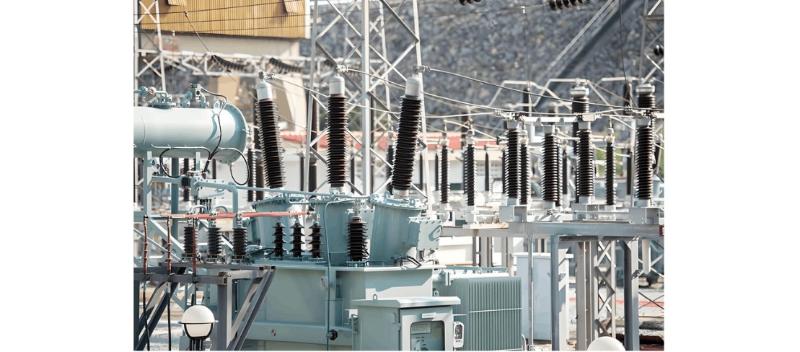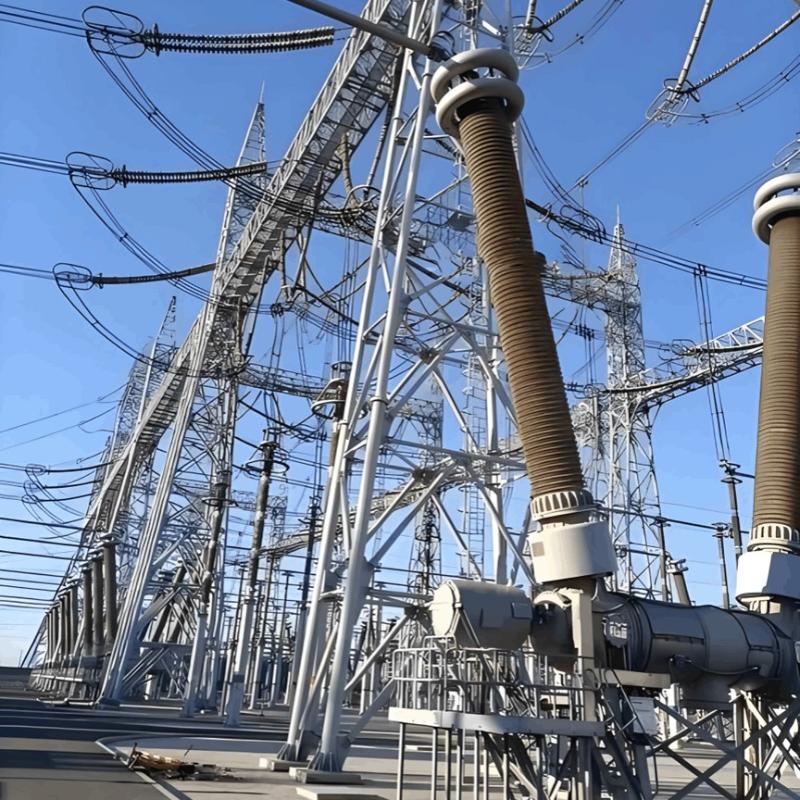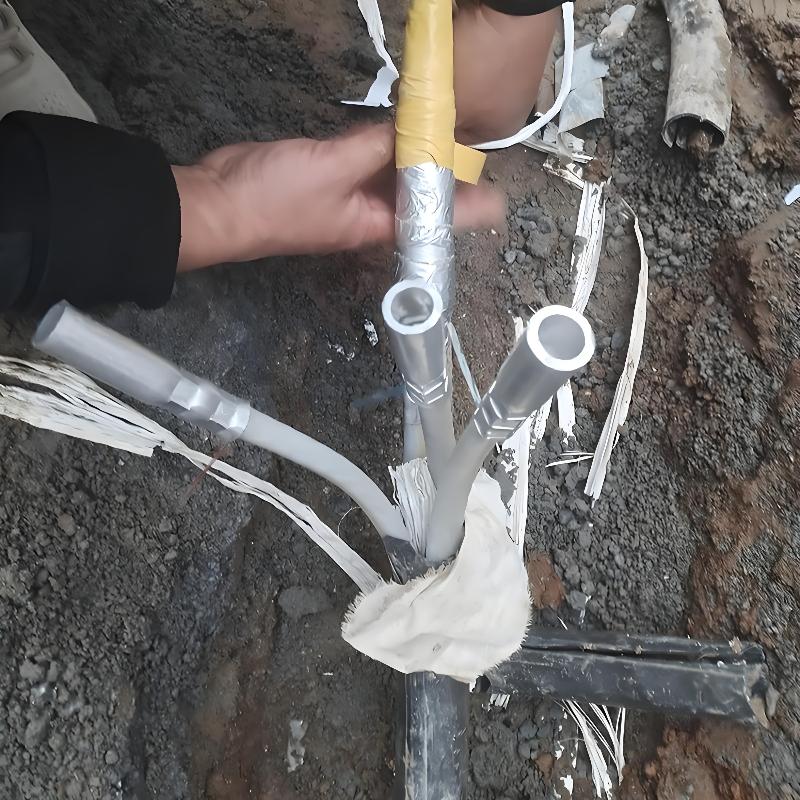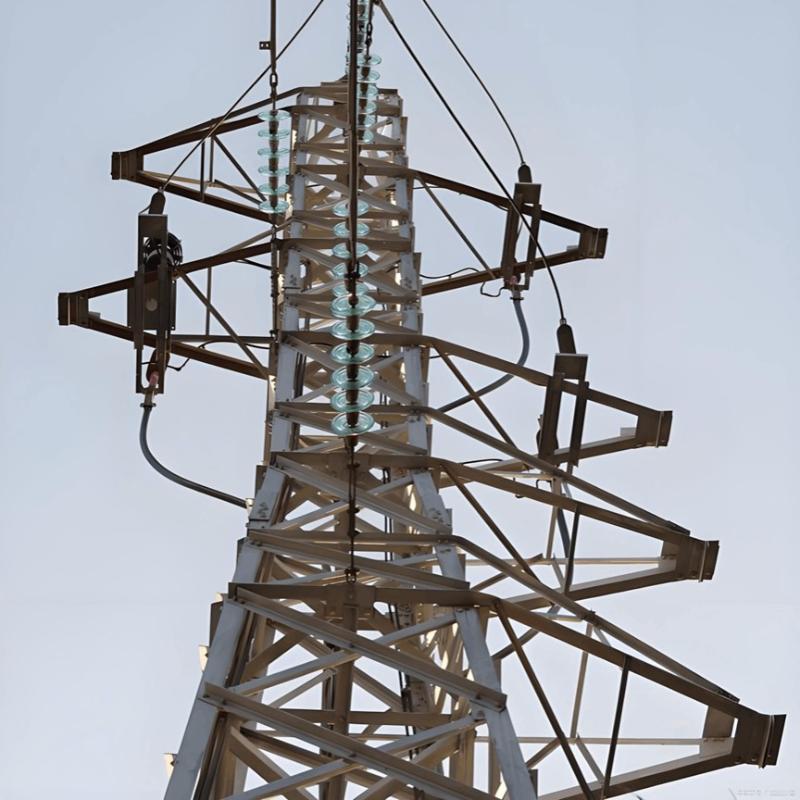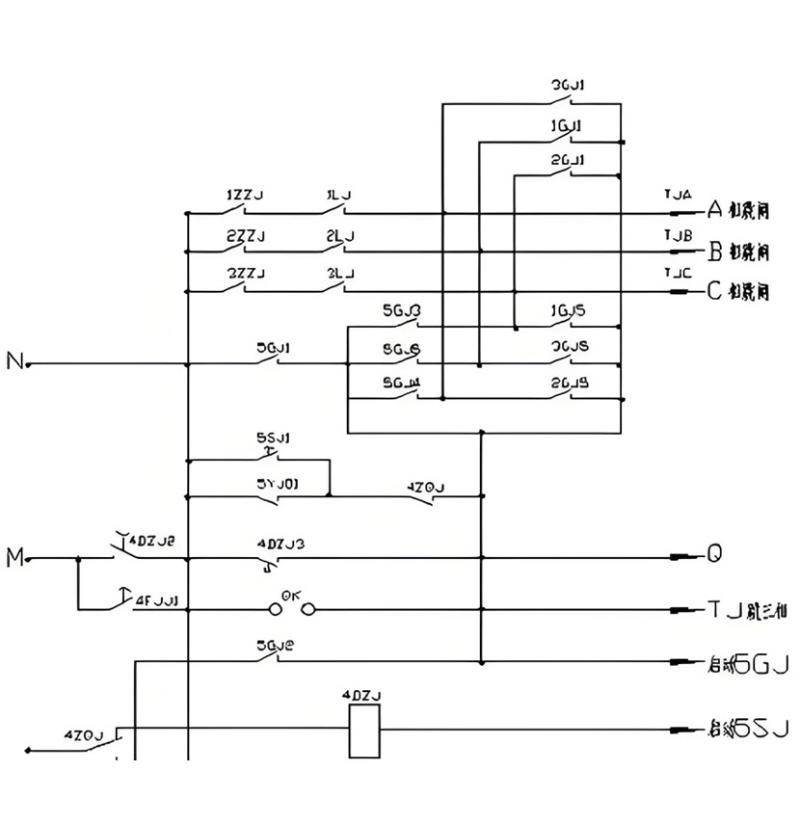- Product
- Suppliers
- Manufacturers
- Solutions
- Free tools
- Knowledges
- Experts
- Communities
Search
-
Outils gratuits
-
IEE Business propose des outils gratuits basés sur l'IA pour la conception en génie électrique et le budget d'achat d'énergie : entrez vos paramètres, cliquez sur calculer, et obtenez instantanément des résultats pour les transformateurs, le câblage, les moteurs, les coûts des équipements électriques et plus encore — une solution de confiance pour les ingénieurs du monde entier
-
-
Soutien et parrainage
-
IEE-Business soutient des solutions entreprises et experts de premier plan créant une plateforme où l'innovation rencontre la valeurConnaissances techniques exceptionnellesRejoindre et partager des connaissances techniques pour gagner de l'argent auprès des sponsorsSolutions d'Affaires ExcellentesRejoindre et créer des solutions commerciales pour gagner de l'argent auprès des sponsorsExperts Individuels ÉminentsPrésentez votre talent aux sponsors, gagnez votre avenir
-
-
Télécharger l'application
Télécharger
-
-
Obtenir l'application commerciale IEE-BusinessUtilisez l'application IEE-Business pour trouver du matériel obtenir des solutions se connecter avec des experts et participer à la collaboration sectorielle en tout lieu et à tout moment soutenant pleinement le développement de vos projets et activités dans le secteur de l'énergie
-
-
-
-
Collaborez avec nous
Partenaire
-
-
Rejoindre le programme IEE-Business Partner ProgramCroissance d'entreprise dynamisée -- Des outils techniques à l'expansion mondiale
-
-


















